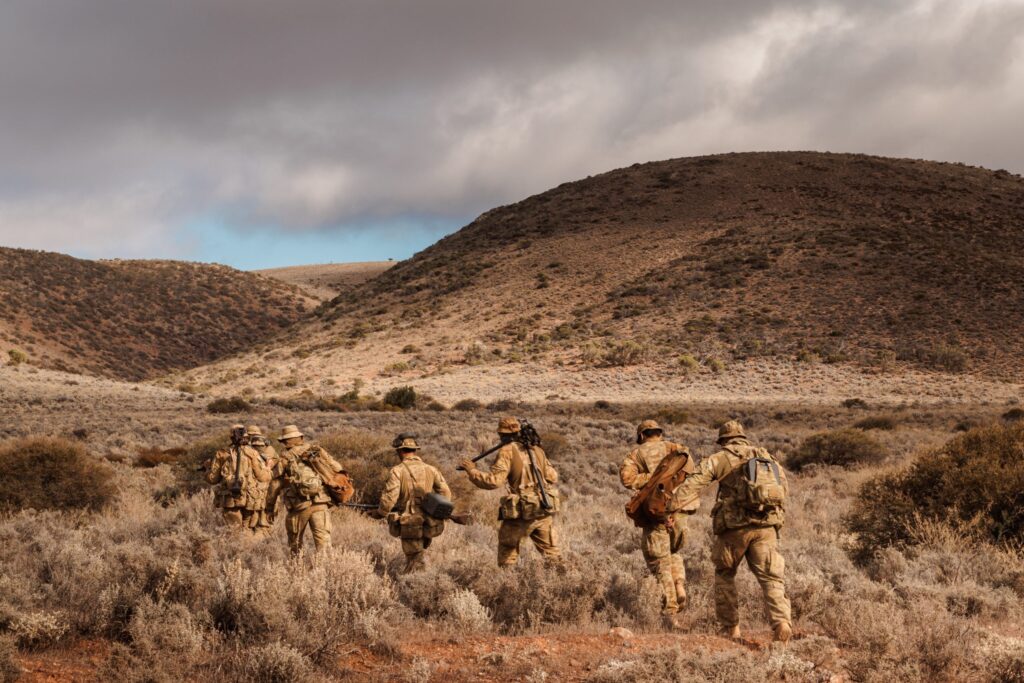In a military context, the word ‘reserve’ is usually understood as meaning some group on standby for use as field commanders decide. However, in today’s Australian Defence Force it now generally refers to individuals. This is part of a trend of at least 50 years in which the Defence Force Reserves as an organisation have become less important while reservists as individuals have become fundamental to the functioning of the Defence establishment.
It is in fact a trend towards what we need—towards a single, cohesive force, in which reservists are integrated, not ancillary.
reservists are integrated, not ancillary.
The long-term decline of the navy, army and air force reserves organisations may soon culminate in their disappearance. The 2024 National Defence Strategy had a chapter on workforce but no mention of the reserves. The 2023 Defence Strategic Review (DSR) did recommend a strategic review of the reserves, which was again noted in the 2024 Defence Workforce Plan. This review may report by June 2025.
Regular forces are generally more effective than reservists, as full-time training enables them to reach a higher standard than part-time personnel. Intuitively, having distinctly different groups that are required to work closely only in times of crisis is inefficient and ineffective. Integration would be better.
A 1995 review of the Ready Reserve Scheme considered that if Defence had unlimited resources, ‘the strategic arguments for relying solely on regular forces would be overwhelming.’ This echoed the 1974 Millar report, which said that the principal justification for having the reserves was economic: part-time personnel were cheaper than full-time personnel.
Today, driven by a pressing need to staff the permanent force, many reservists have been integrated into the regular forces under the Total Workforce System, which aims to increase the flexibility of defence personnel. This has been made easier, because many reservists are now ex-regulars, not citizen soldiers. The DSR said that Defence adopting ‘the Total Workforce Model has significantly improved the utilisation of the reserve workforce.’
On the other hand, the DSR also calls for the reserves to ‘provide the expansion base for the ADF in times of crisis.’ Reserve forces will generally need additional training before being used for warfighting tasks. The costs of this are rarely considered, and it isn’t certain whether such ‘times of crisis’ will arise at all. Investing in the reserve forces as an expansion base is an investment in a force that may never be needed.
In the Vietnam War, the government chose conscription and training civilians from scratch rather than activating the available, but only partly trained, reserves. The army’s reserves in the 1960s were strategically irrelevant but still expensive.
The Army Reserve is the largest of the three reserve organisations. Unlike navy and air force reservists, some of the army’s are not ex-regulars. The Millar Report grumbled that the land force’s reserve force ‘for much of its history [had] around 20,000 [personnel], despite the fact that the national population nearly trebled in the past 50 years. This demonstrates a declining level of interest in such service.’ Fifty years on again, the Army Reserve is now about 15,500 and the population has more than doubled again.
Given this steady long-term decline, if the role of reserves becomes more than filling gaps in the regular workforce, their purpose may need to be narrow and specific. The DSR called for army reservists ‘to provide area security to the northern base network and other critical infrastructure.’ The 2024 Integrated Investment Program gives this idea limited support in allotting $200 million to $300 million over the next decade.
Vital area protection shaped discussions about the reserves across most of the 20th century. However, an analysis, noting the long historical antecedents, found that the role had ‘proved somewhat uninspiring’ for the reservists actually involved and that retention was a problem. Sustaining adequately sized reserve forces may be difficult without suitable motivation.
The overall ADF workforce balance between full and part-time defence personnel has steadily moved in favour of the full-time. Indeed, the new workforce plan funds integrating 1000 reservists more closely with the regulars, including through moving them to full-time service. Emphasis is generally placed on reservists as individuals and how they may be integrated within permanent units, rather than on Defence Force Reserves as formed part-time units with specific, long-term roles. They are seen as working effectively on demand, as the ADF requires. If the Australian society has adopted gig economy workforce ideas, in a broad sense so has Defence.
The DSR recommended investigating ‘innovative ways to adapt the structure, shape and role of the Reserves.’ Australia’s more-than-a-century reserve history can be usefully mined to provide different ideas and warn of likely problems. However, any innovations will need to be implemented in the contemporary geostrategic context and against a long-term trend of decline. The long history of Australia’s Defence Reserve Forces does not guarantee them a place in Australia’s future.
The solution to finding the balance between regular and reserve forces may be resolved by simply discarding the reserves while embracing and institutionalising part-time service. The gradual disappearance of Australia’s reserve forces is likely unintentional, but rather a consequence of the steady evolution of strategic thinking and policies over more than a century.
Quite likely, we need reservists but not reserve units.

